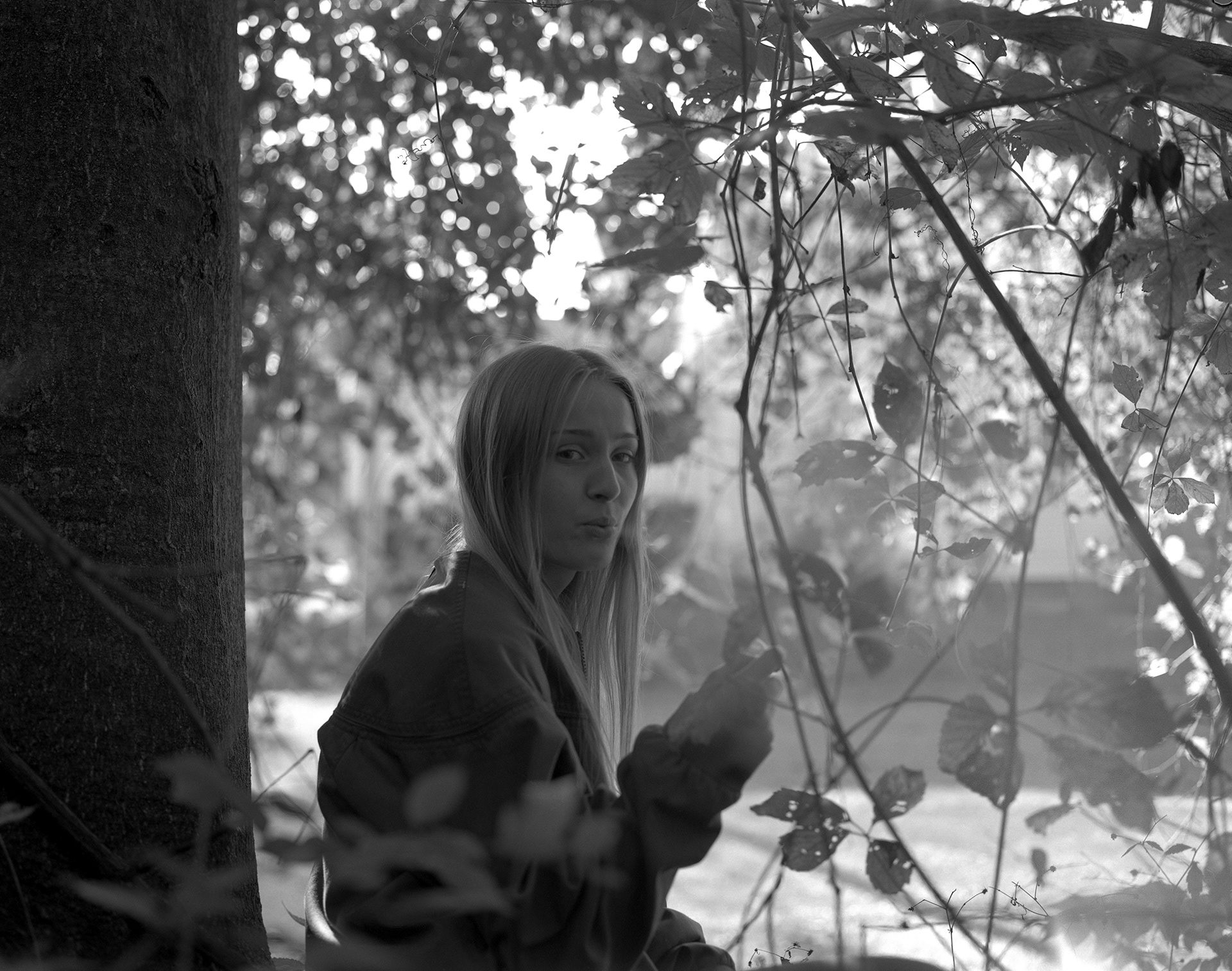
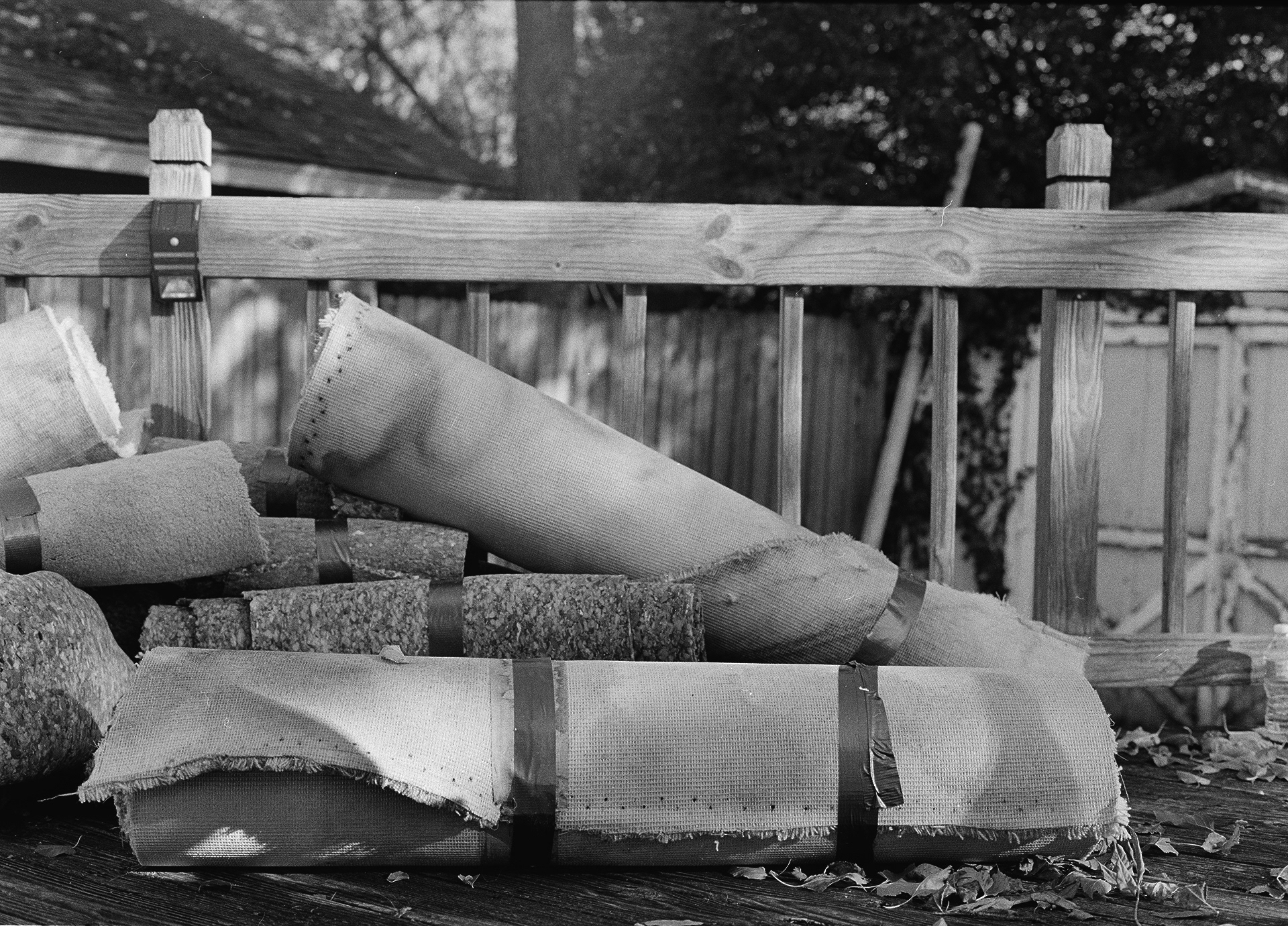

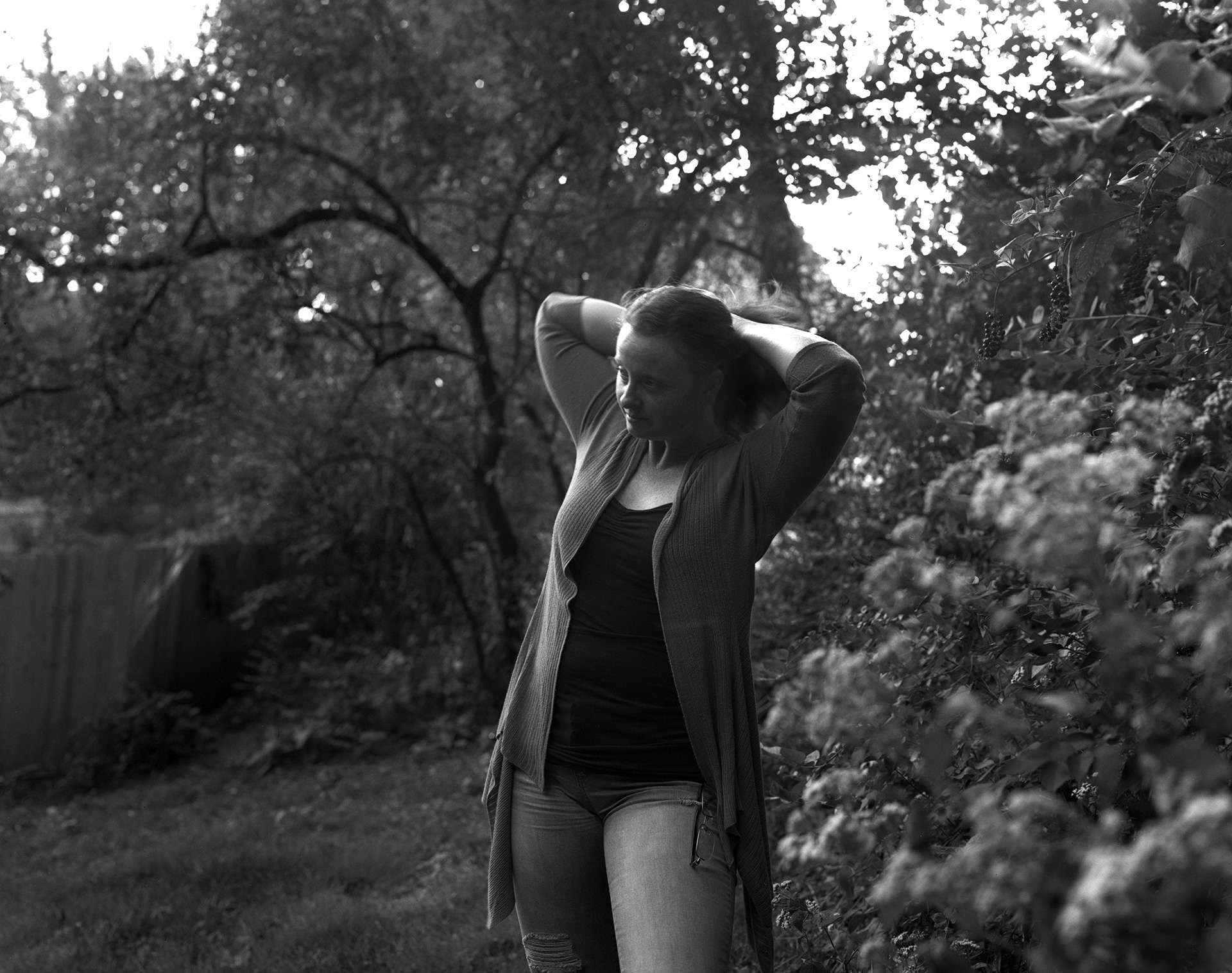
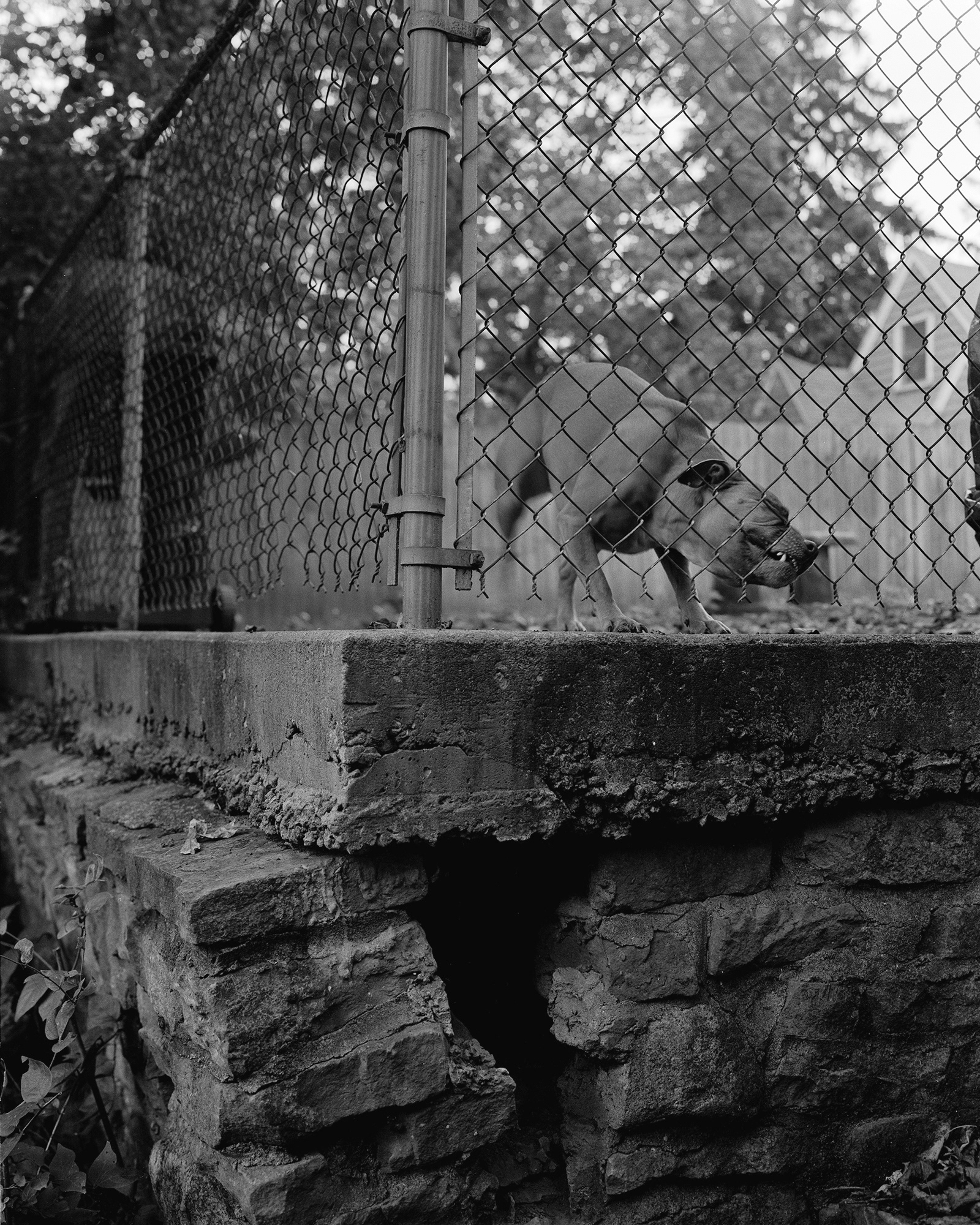
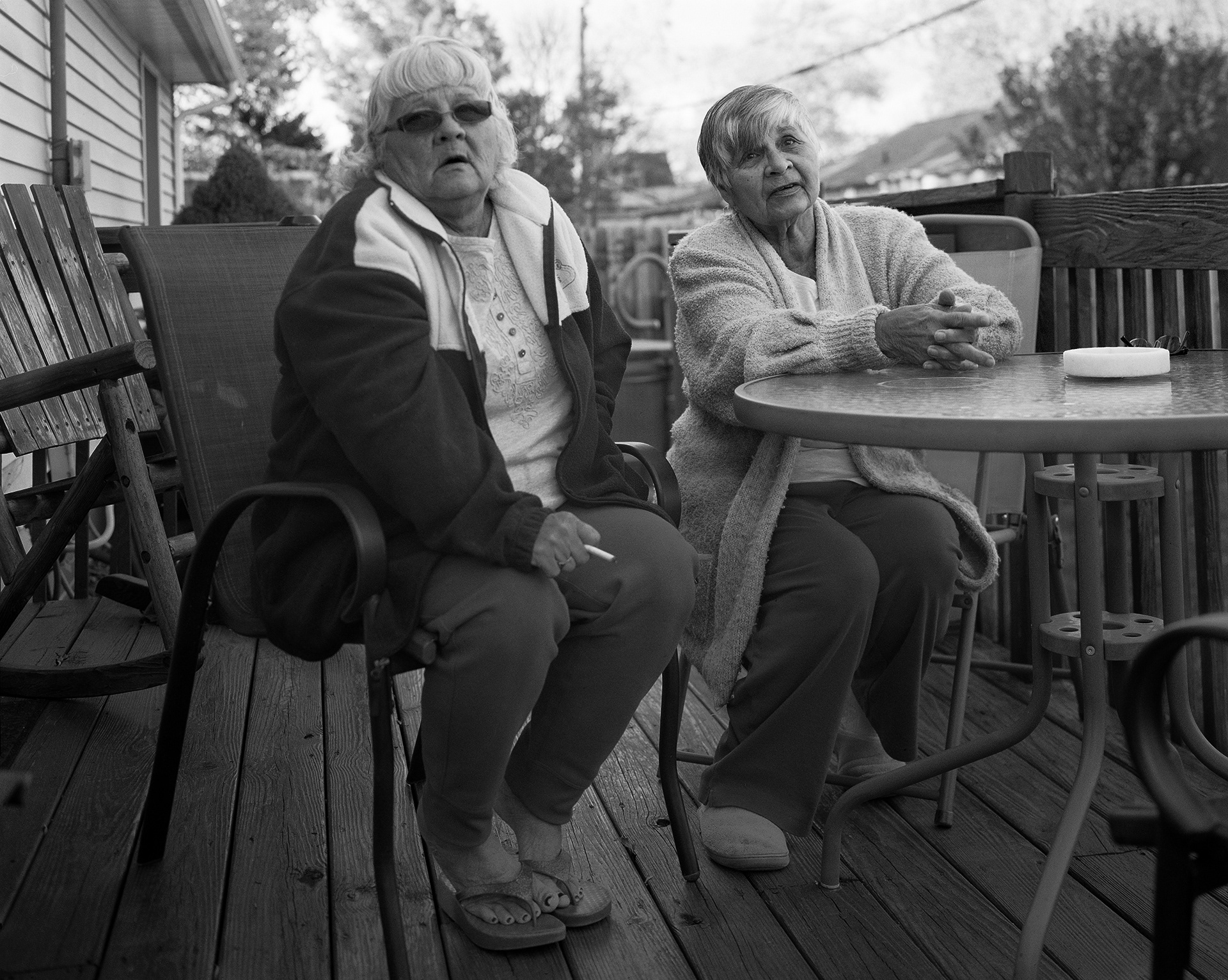
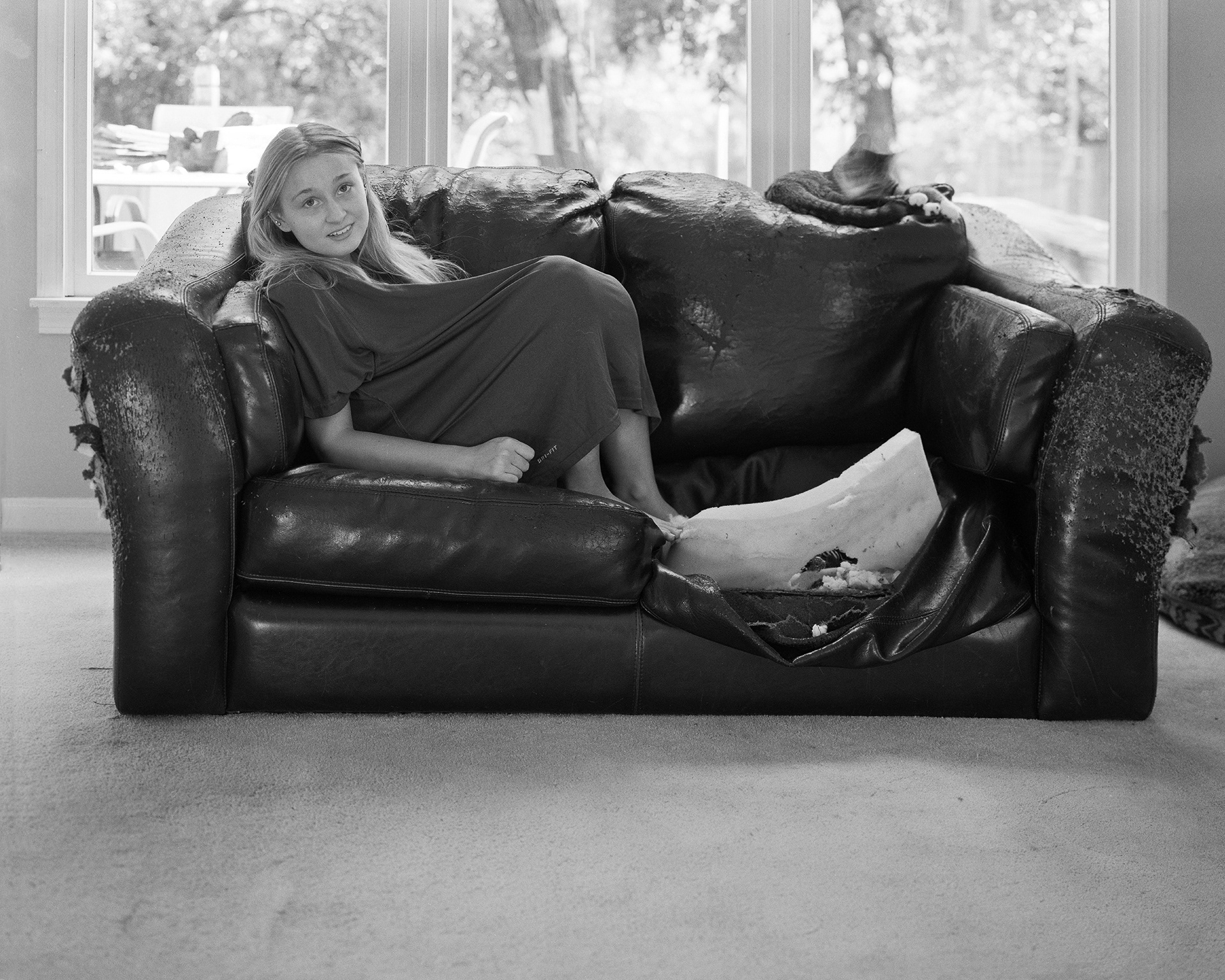
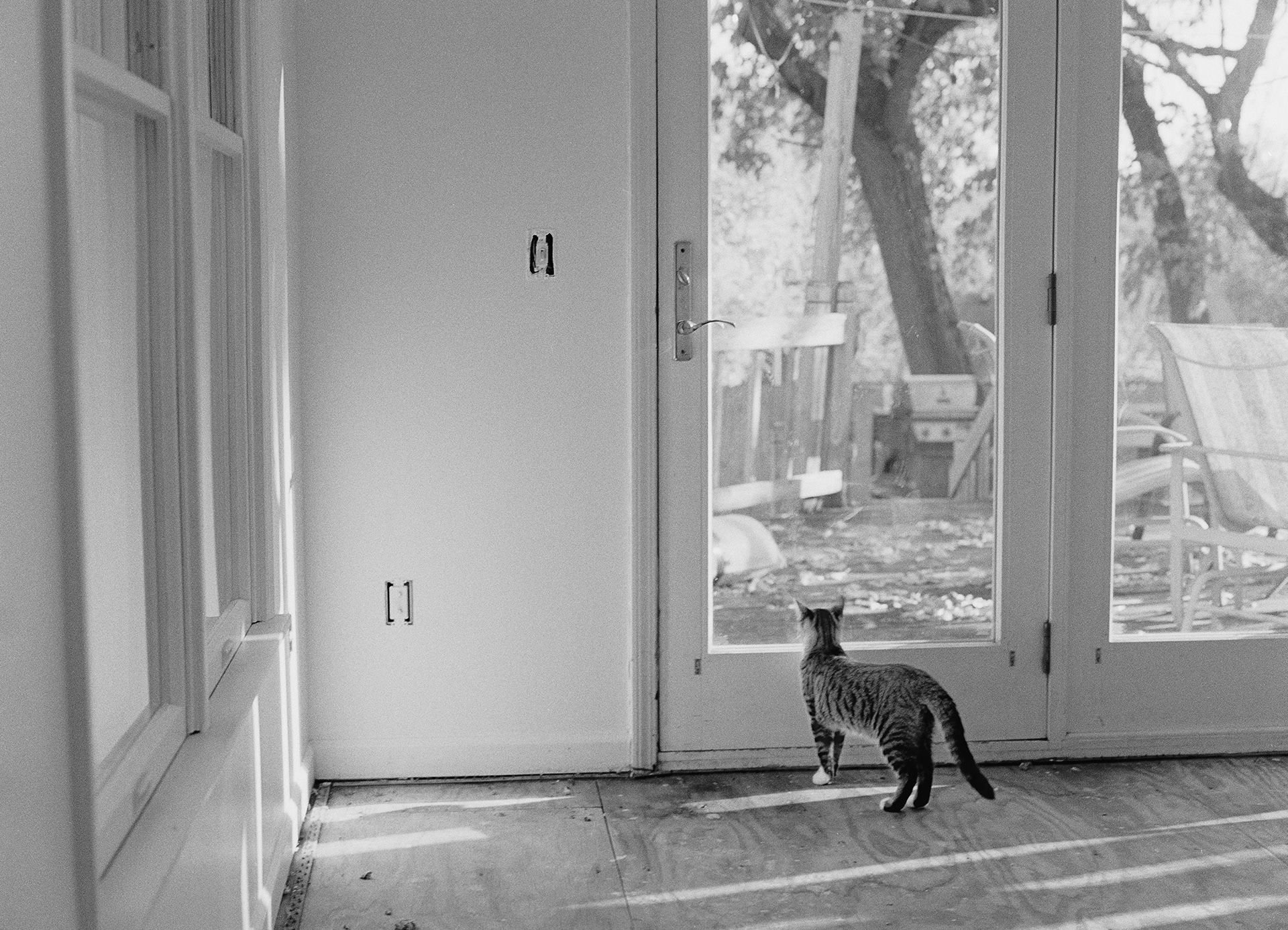
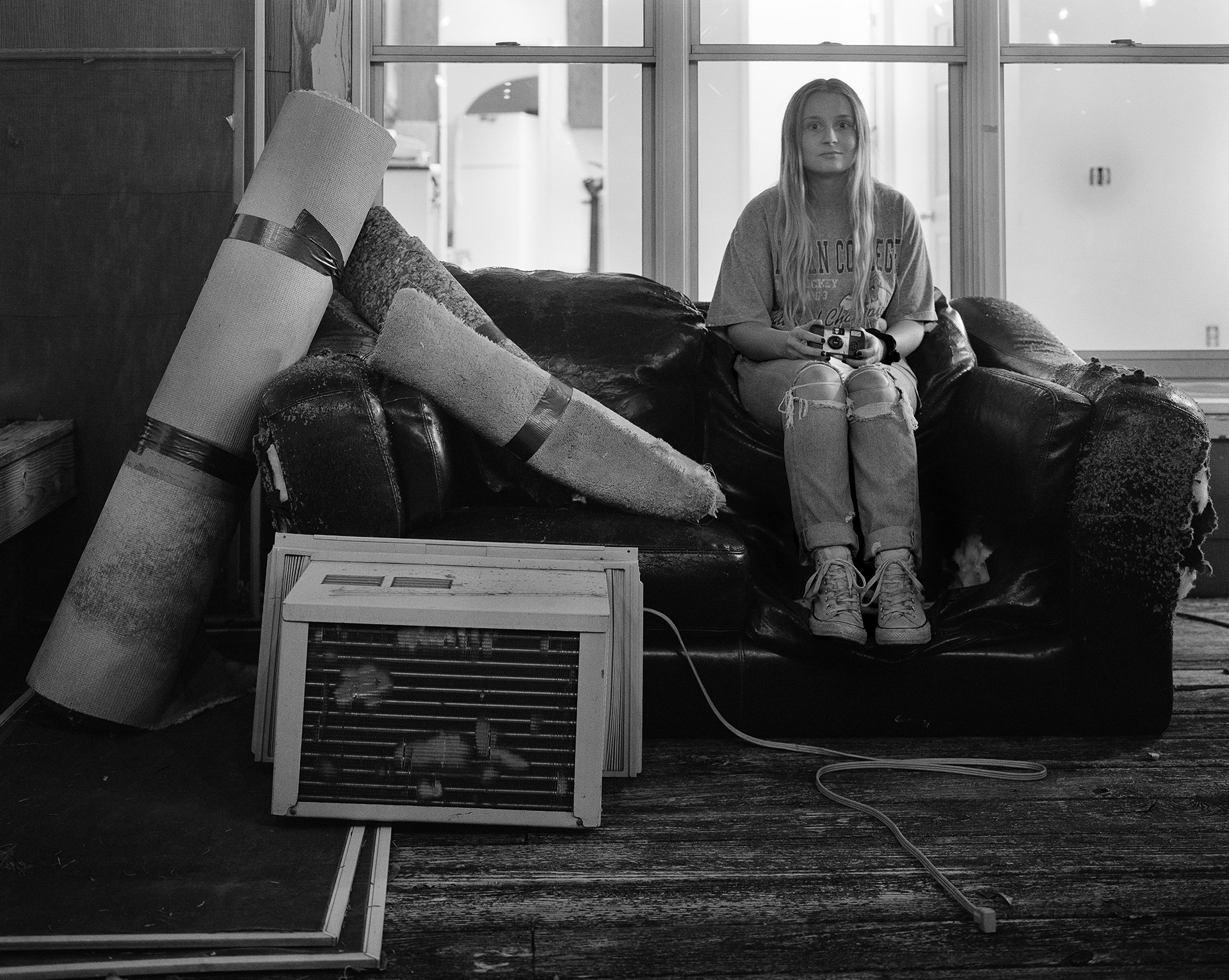
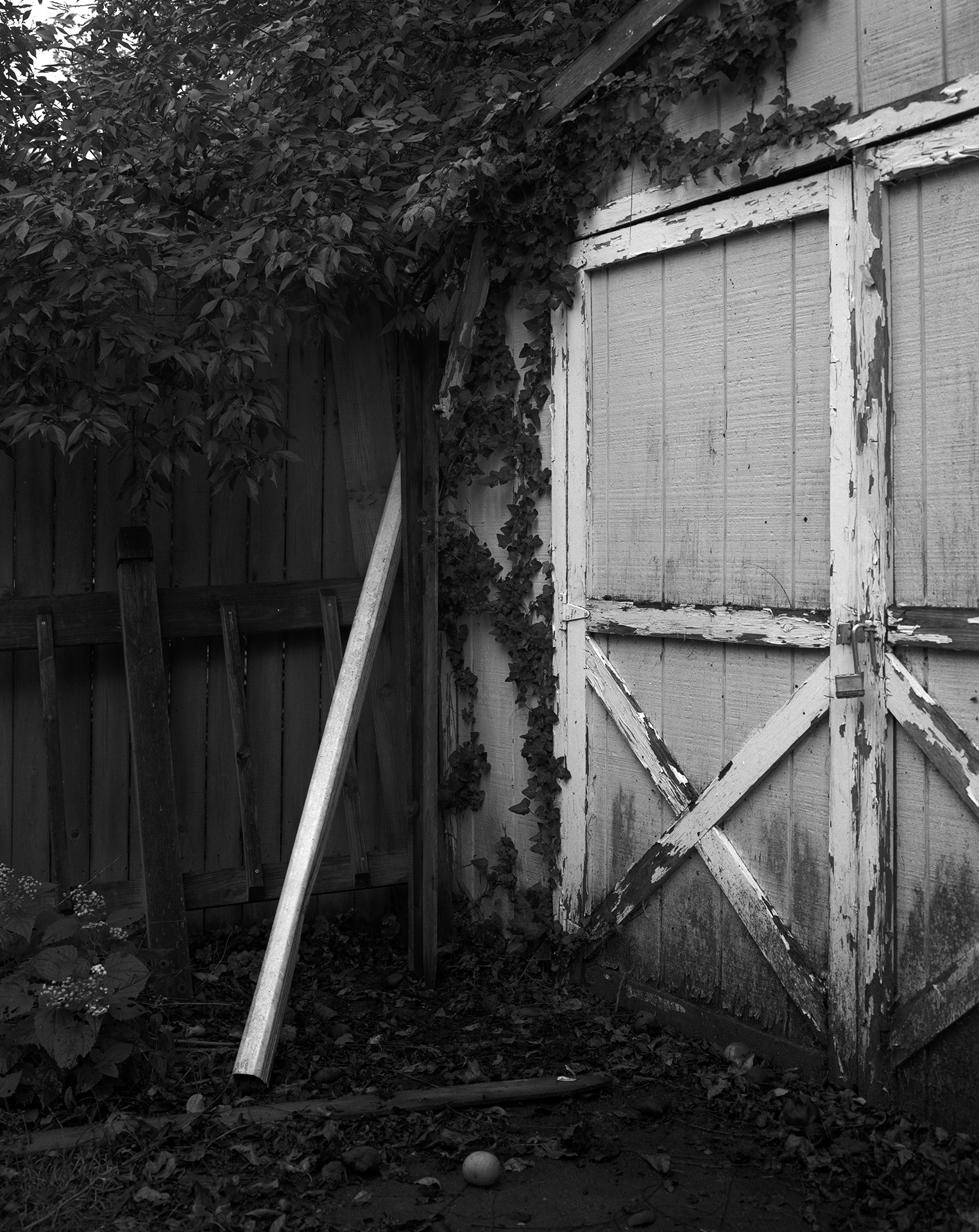
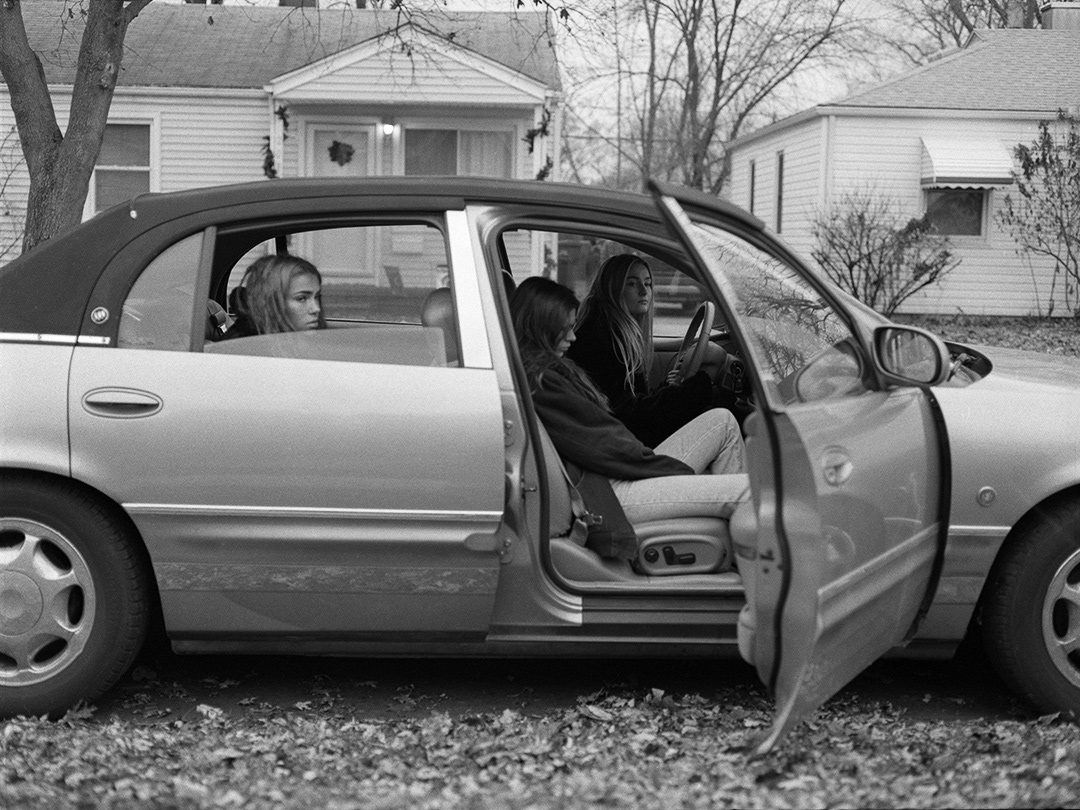
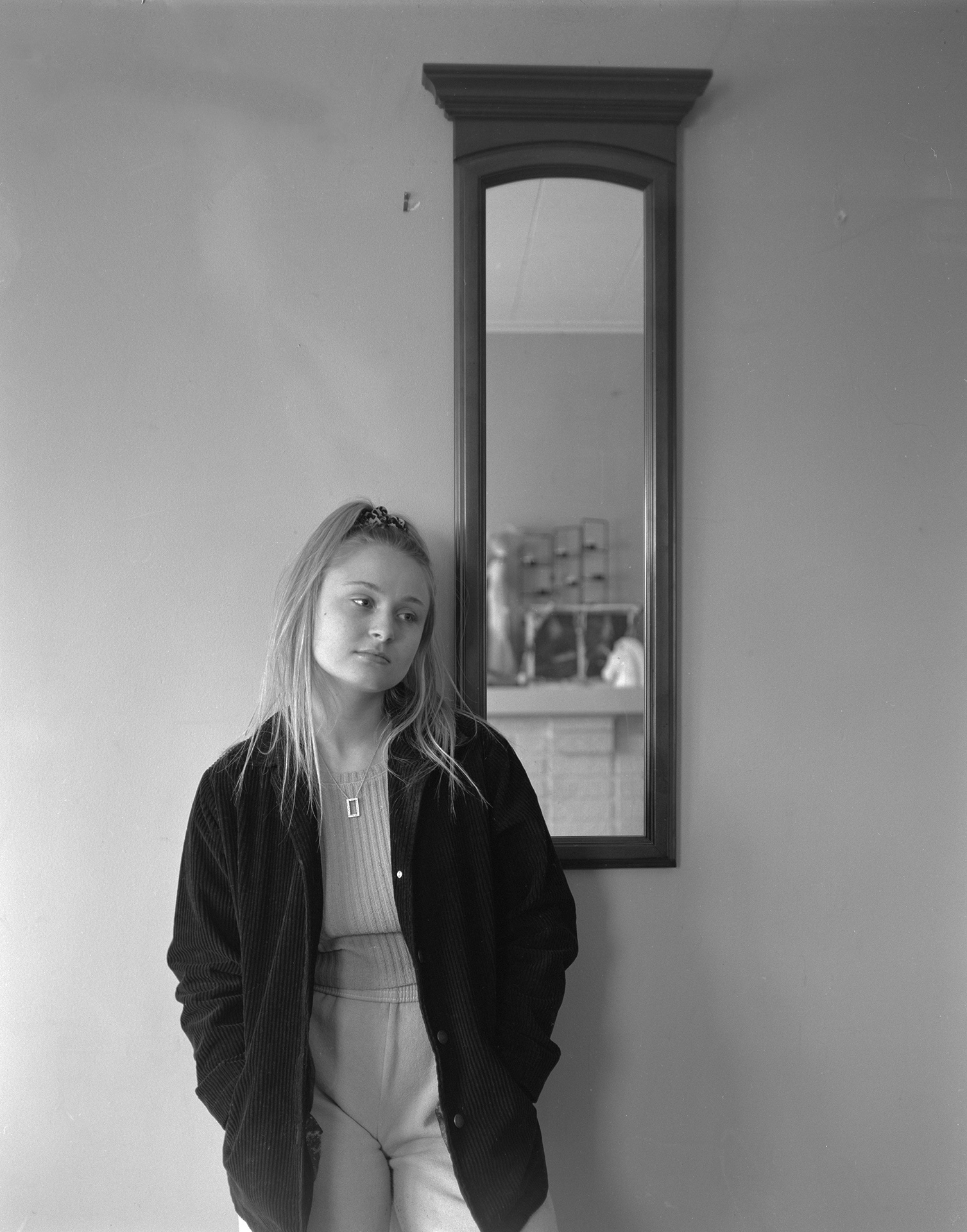
Where we’re from and the hardships shared within our families’ lives have a great effect on a person and who they become: Grandmothers' traumas are silently given to their daughters, who face the choice of continuing the heirloom of heartache or letting it go. It’s difficult to process these emotions and understand how they affect us generationally. Sometimes we need an outsider's perspective to break down what's happened, and to show the emotions and experiences passed down and left behind in a tangible way to make sense of.
I have intruded on my family's lives and experiences. I make them sit, stand, and talk to a stranger who assists me. The stranger has no emotions, no judgments, or any sense of history. All it can do is see, show, and even objectify, what is before it. This stranger is the unfamiliar, bulky, slow, and heavy 4x5 large-format camera. The quiet and uneasiness of the slow process forces conversations to arise that normally are kept in our subconscious; why we are who we are. The objectiveness of photography offers a chance to create a tangible understanding of what has been experienced in my family. A window who has seen the changes over time, a trapped dog, fighting for release, my sister holding onto remnants of the past. She and I are caught at the crossroads of moving on or continuing our own form of generational trauma. We are often caught up in our own lives and routines, distracting ourselves from these thoughts. But, the camera forces me to revisit the corners of our home and past, causing an unavoidable moment of meditative reflection begging for a chance to be brought forward.